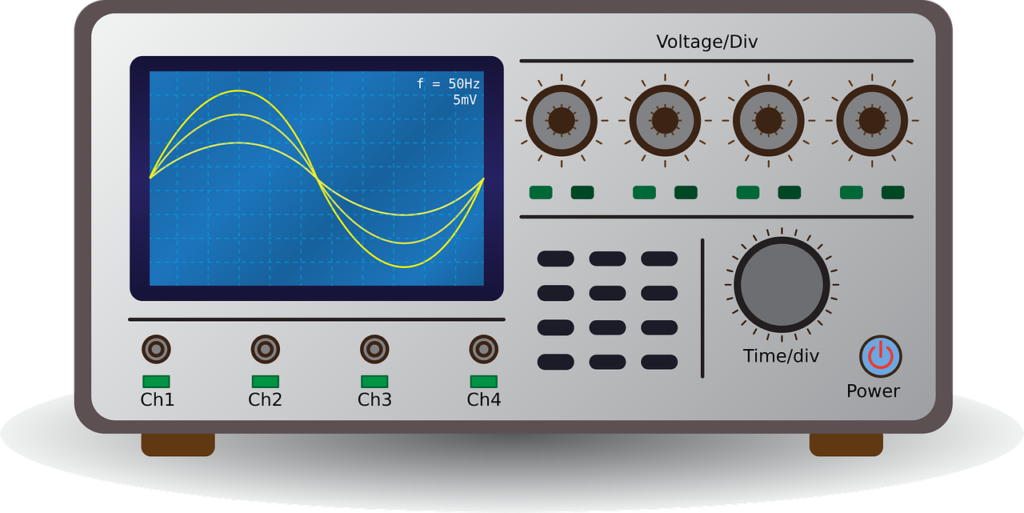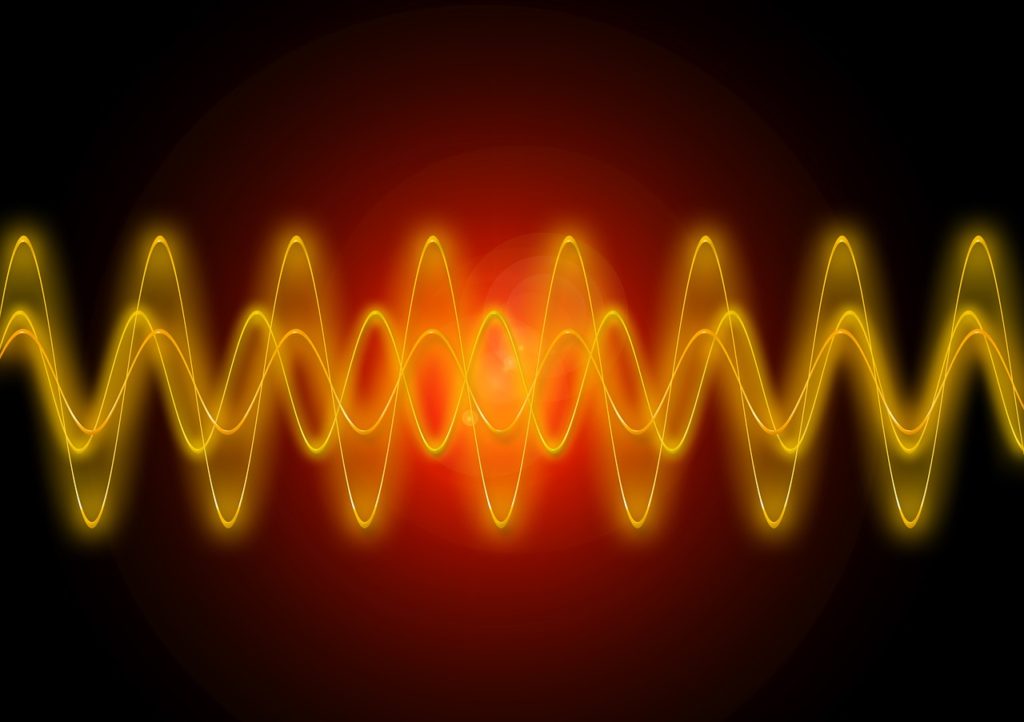Estimated reading time 3 minutes
Table of Contents
Basic Acoustics, Music Pitch, and Sound Vibration Frequencies #1: An Enormous Array of Musical Sounds
Do you want a better understanding of musical pitch? In the field of music, there exists a relationship between acoustics, music pitch, and sound vibration frequencies. From the moving passages of a string quartet to the driving pulse of a rhythm section, life is filled with an enormous array of musical sounds that you can enjoy. Keep reading to learn how music pitch works.
This post uses technical and musical terms. For definitions, see the Glossary at the end of the article.

Basic Acoustics, Music Pitch, and Sound Vibration Frequencies #2: What are Acoustics and Sound Vibrations?
Acoustics is the study of sound. When acoustics specifically investigates how humans use sound for personal expression and enjoyment, it becomes the science of musical sound.
Sound is energy moving through the air in the form of sound vibrations:
- In other words, the air molecules swing back and forth in space (i.e., vibrate) something like balls swinging suspended on strings.
- As one air molecule starts to swing, it pushes on its neighbors which creates a wave that travels through the air.
- When the wave enters your ear, your ear converts the acoustical energy into neural pulses, which your brain perceives as musical pitch.
In the next section we’ll discuss sound vibration frequencies.

Basic Acoustics, Music Pitch, and Sound Vibration Frequencies #3: High and Low Sound Vibrations
The brain interprets the frequency of the sound vibrations as music pitch:
- We perceive music pitch as “high” or “low” in part because of where each frequency range vibrates in our bodies.
- In addition, high pitches have high sound vibration frequencies, meaning that the air molecules vibrate very quickly.
- Conversely, low pitches have low sound vibration frequencies, which vibrate very slowly.
For example, an acoustic piano string will vibrate slowly if it has:
- A long string length
- Thick gage (more mass)
- Low tension
However, an acoustic piano string will vibrate quickly if it has:
- A short string length
- Thin gage (less mass)
- High tension.
Musical pitch is determined by these three factors.
- Thus, you’ll notice that the low strings to the left side of the piano keyboard will be both longer and thicker while the high strings to the right will be thinner and shorter.
- To see this watch the video below (though the video has you viewing the strings backward from the keyboard perspective).
- In fact, the piano’s characteristic curve is a direct result of the various string lengths.
Basic Acoustics, Music Pitch, and Sound Vibration Frequencies #4: What Precisely Is Frequency?
So, what precisely is frequency? When a string swings back and forth once, returning to its starting point, we call that one cycle.
Therefore, frequency is the number of cycles per second:
- We measure the frequency of musical pitch in Hertz (Hz) with one Hertz being the same as one cycle per second.
- For instance, middle C is about 261.63 Hz.
- This means that the string swings back and forth over 261 times in one second.
- Doubling this frequency will produce the C above middle C (523.26 Hz).
- Thus, each music pitch will have its own frequency.
In this way, the relationship between music pitches has a great impact on how each culture tunes its musical instruments:
- How an acoustic instrument’s exact music pitches are determined depends on the esthetics of the culture in which the instrument was made.
- With Western musical instruments, the tuning system balances melodic and harmonic tuning.
- Why? Because melody and harmony tune differently.
For more information on acoustics, music pitch, sound vibration frequencies, and tuning:
Video: The Physics of Music
Basic Acoustics, Music Pitch, and Sound Vibration Frequencies #5: Final Thoughts
Here’s a summary of Basic Acoustics, Music Pitch, and Sound Vibration Frequencies:
- Musical acoustics is the study of musical sound.
- Sound vibration frequencies are measured in Hertz (Hz), which quantifies how many times per second the air molecules swing back and forth.
- Music pitch is the brain’s translation of frequency into notes.
Related Posts
- How to Tune Like a Rock Star
- Meantone Tuning (Simple Instructions)
- Intonation and Supplemented Equal Temperament
© 2024 Geoffrey Keith
Join me for in-person or online lessons today!
How Does Your Brain Learn to Play the Piano with Two Hands?
How does your brain learn to play the piano with two hands? Daniel Coyle, in "The Talent Code," tells us generally how the brain acquires skill, and I’ll give you specific tips for two-handed playing. Read more to find out how it works. Estimated reading time 4 minutes
Read MoreWhat’s the Key Difference Between Soprano and Mezzo Soprano?
“What’s the key difference between soprano and mezzo?” Though superficially these two voice types seem very similar. You only need to take a closer look to notice the key differences between singers like Celine Dion and Taylor Swift. Keep reading to learn how this affects singers like you. Estimated reading time 2 minutes.
Read MoreWho’s Who Biographies Adds Geoffrey Keith
I’m honored to announce that I’ve been included in the Marquis Who's Who biographies. While the biography briefly covers all of my music career, my work with LD and special needs students caught their attention. This led them to decide to include me in their listing. Read more. Estimated reading time 1 minutes.
Read MoreWhat’s the Secret of Practicing Arpeggios?
“What’s the secret of practicing arpeggios?” Arpeggios are both an important playing technique and a useful compositional device. They can add a flowing grace to your playing. Keep reading to learn more. Estimated reading time 3 minutes.
Read More




